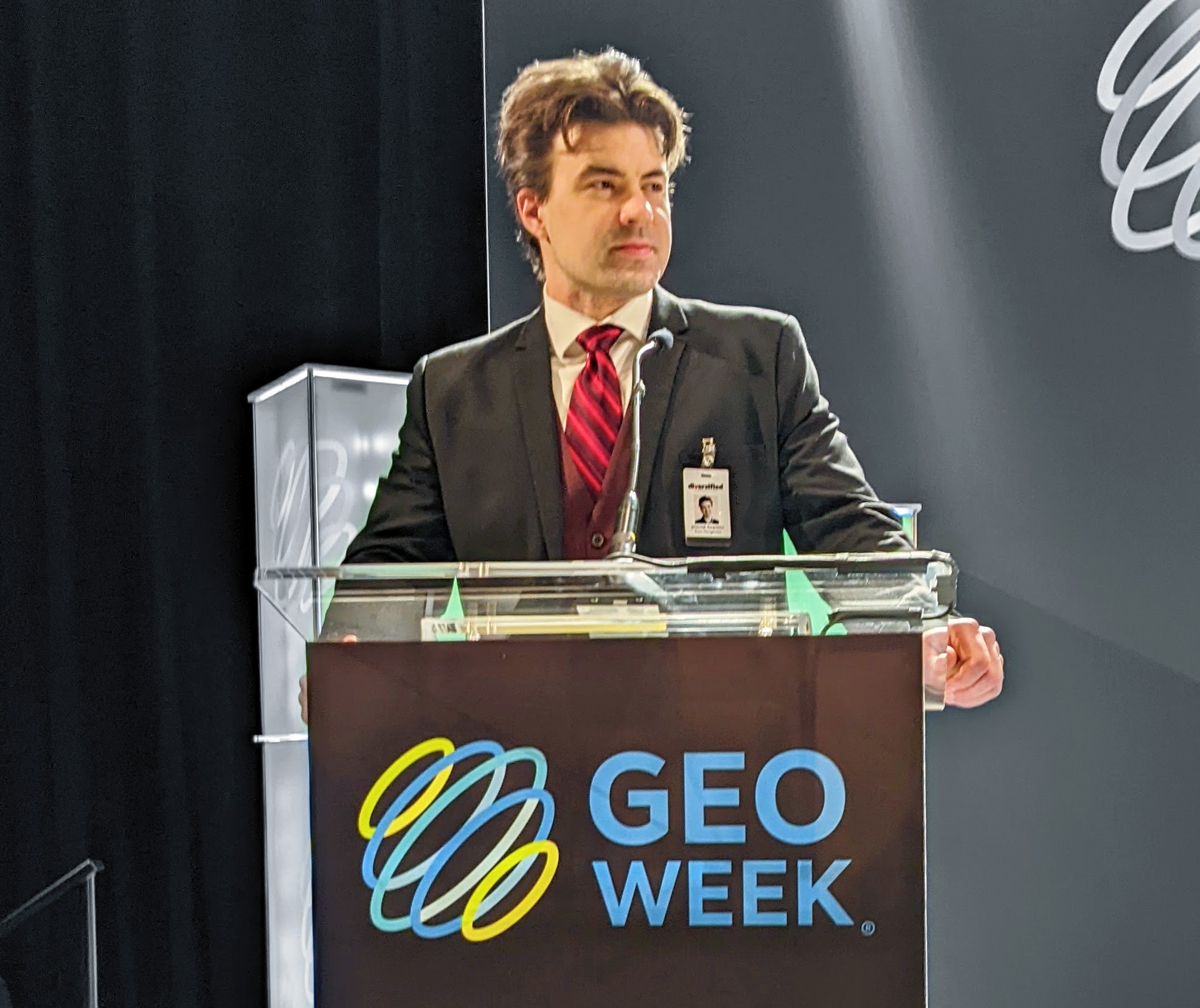As a multi-disciplinary engineering and infrastructure firm, Louis Berger has been involved in some of the most notable building projects around the world. Their projects range from architecture to operations and maintenance, and that scope allows the company to provide clients with a whole lifecycle of capability. It has also put them in a unique position to aid in response efforts for disasters and emergency situations, although these efforts are as much about creating opportunities for the future as they are restoring the present.
In addition to the Give Back Campaign that recently saw the company present a contribution of $60,000 to the International Federation of Red Cross and Red Crescent Societies, Louis Berger has been on the ground in Puerto Rico and the Virgin Islands to deliver and install more than 917 emergency generators with more than 873 people supporting emergency power missions. It’s the kind of support the company is in a unique position to provide and offer, although it requires a different application of their skillsets and resources.

Tom Lewis, U.S. division president at Louis Berger & Lissette Alonso, president and founder of the foundation Perla de Gran Precio
“Conventional engineering and infrastructure work is very driven by things like procedure and permitting, while planning can be a painstaking process that can take years or even decades,” Tom Lewis, Louis Berger’s U.S. division president, told AEC Next News. “These kinds of response and recovery efforts require us to apply all of the same skillsets we’d use for a traditional project, but without all the planning and permitting. There’s no time for any of that in the first few days and weeks after a disaster where speed literally means saving lives and preventing further damage. So we’re using some of the same skillsets, but in a much more high-pressure, fast-paced kind of environment.”
That kind of high-pressure environment is the one that Lewis and his team found in Puerto Rico after Hurricane Maria hit the island. Maria devastated Puerto Rico’s power grid and caused what some have calculated as over 100 billion dollars in damage, much of which goes beyond that scope of what can be done in an emergency situation. That’s why Louis Berger is now participating in the transition from emergency response to a long-term recovery and building back better in Puerto Rico. Their efforts in doing so are not focused on a particular solutions or approach though.
“There are almost always multiple solutions to a given infrastructure challenge, rather than just one way to go,” Lewis continued. “Just like people have many tools in their tool box for doing different jobs around their homes, the different places and situations here in Puerto Rico demand different and more modern technologies to build back better and more sustainably and resiliently.”

The unprecedented nature of the disaster underscores the monumental efforts that Louis Berger is making on the island, especially since the company is working to see Puerto Rico recover in a way that makes it less vulnerable to these types of events in the future. These recovery efforts aren’t about building back a more modern version of what was there before. Microgrids, solar hybrid renewables and even solar hybrid mobile generators are being utilized in these recovery efforts, which means what’s happening in Puerto Rico could expand across the island and beyond in a powerful manner.
“We’re looking to demonstrate this kind of integrated, renewable technology in the hopes that we can get stakeholders to deploy it to a higher degree on Puerto Rico,” Lewis said. “Beyond that, we look at it as a way to demonstrate our capability as well as the technology itself for application on the mainland in the United States and around the world. We’re very excited about it, and in fact we believe in it so much that we’re looking at deploying some of this technology in a few small test cases on our own.”
One of those test cases is a pro bono demonstration project to provide solar-hybrid and microgrid solutions to La Perla de Gran Percio in Bayamón, Puerto Rico. As part of the aforementioned “Give Back” program, this distributed model is set to supplement Puerto Rico’s power needs through the application of solar-hybrid and micro grid technologies. The objective of the project, implemented at no cost to local residents, is to demonstrate distributed, solar hybrid power technologies while restoring residents’ access to fundamental services that would otherwise not be available until the central power grid is fully restored.
In addition to improving the quality of life of the community, this pro bono project is part of an effort to raise public and private sector awareness of the benefits of cleaner, distributed, mobile and resilient energy solutions. Especially in storm-prone communities, distributed power generation provides many advantages over reliance on a centralized grid alone. On a practical level, this approach will provide an additional layer of resilience in the event of a future storm, which will help the island become less susceptible to catastrophic events.
It’s exciting to consider what that will mean for the present in Puerto Rico and for the future of this type of technology for communities all across the world.







